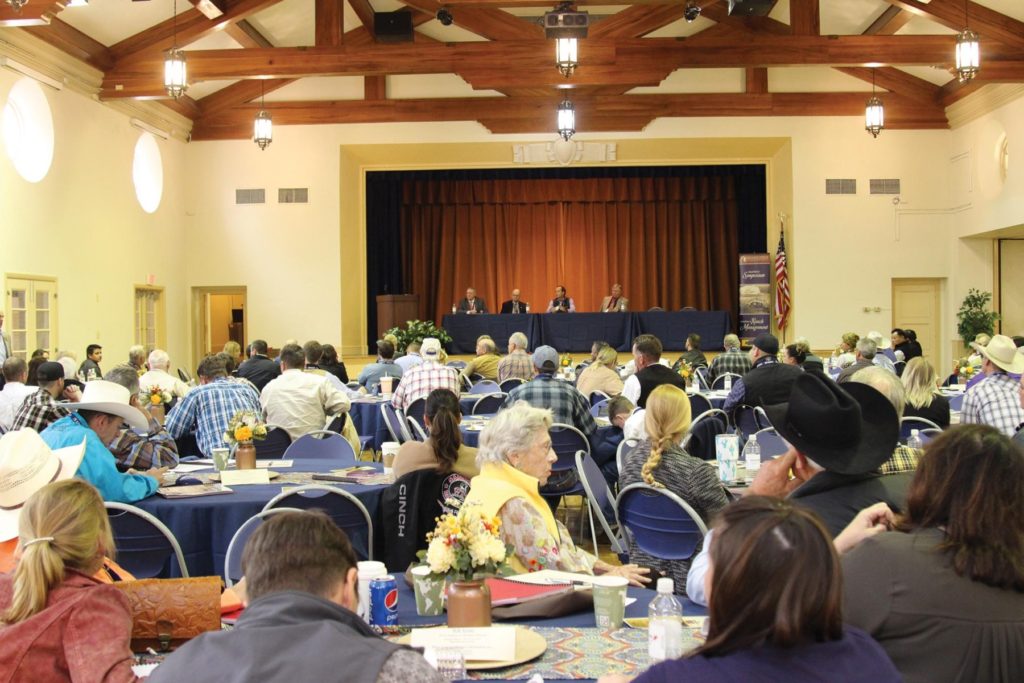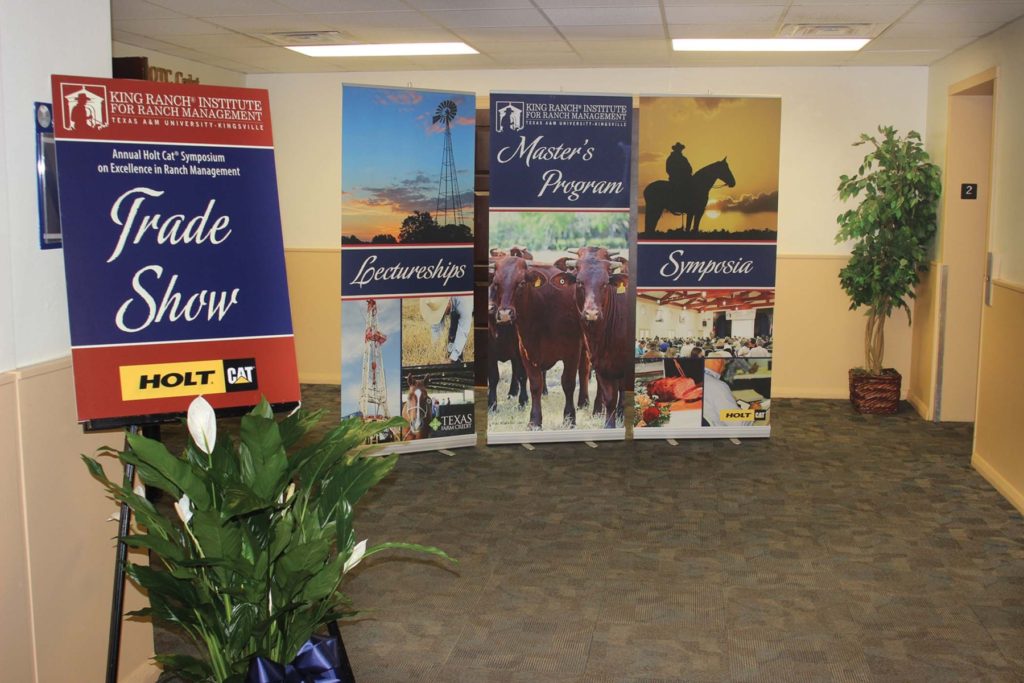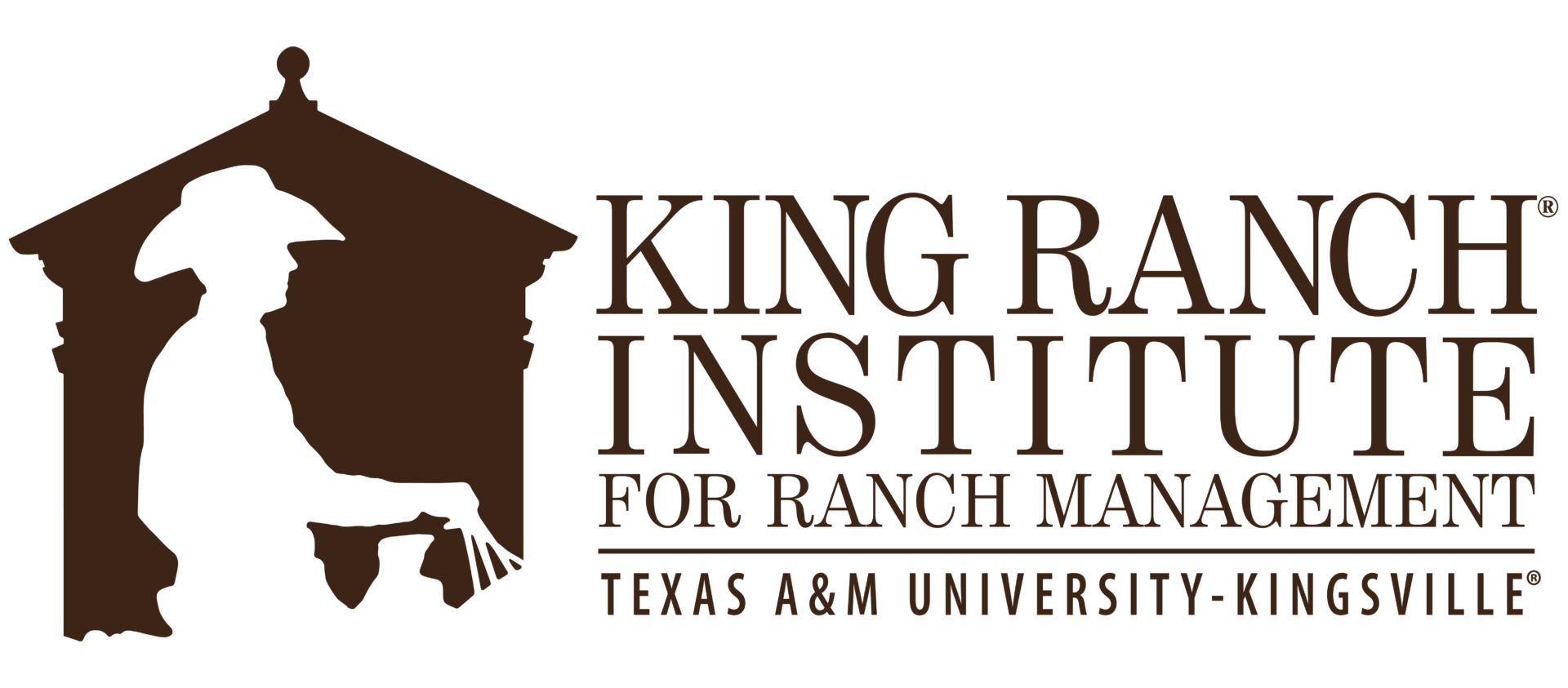The 16th Annual Holt Cat® Symposium on Excellence in Ranch Management will be held October 17-18 in Kingsville, Texas.
In a world of emerging technologies and changing consumer expectations, how will producers market calves to the highest potential in the future? At the 16th Annual Holt Cat® Symposium on Excellence in Ranch Management, beef industry professionals will share their vision of the future for beef marketing and how the implementation of new marketing technologies will help individual ranchers and the entire beef industry position to serve the ever-changing consumer.
The state of the beef industry over the past few decades has seen a roller coaster ride of prices and costs. To put this into perspective, Stan Bevers, King Ranch® Institute for Ranch Management (KRIRM) practitioner of ranch economics and owner of Ranch KPI LLC, explained that the three-year average calf price has declined by 30 percent from 2013-2015 to 2016-2018, yet production costs have declined only 3 percent during the same time period. As a result, cow-calf production has been much less profitable in the more recent past. It will be difficult for many well-managed operations to increase profit through cost cutting, so increasing revenue from calf sales is likely the greatest opportunity to improve profits.

Profitability in the future will require excellence in marketing beef across all sectors of the supply chain from the ranch gate to the grocery checkout. The annual KRIRM symposium on Oct. 17-18, 2019, titled “The Future of Beef Marketing: Technology and the Changing Consumer,” will highlight beef trends in marketing, consumer preferences, and how the beef industry can meet those consumer demands to enhance profits and sustain the industry.
This year’s symposium speakers bring knowledge that spans across multiple facets on the beef industry, from marketing and consumers to technology and supply chains.
“We have an exceptional slate of speakers with expertise across the beef industry,” explains Clay Mathis, PhD, director of KRIRM. “We look forward to the knowledge these speakers will share—each is an excellent communicator. They are some of the most well-known and respected speakers in the industry who will share their insights, and that’s exciting.”

Consumers, Technology, and Fake Meat Impacts
The symposium will begin with a keynote address from Michael Uetz, managing principal of Midan Marketing. Tomorrow’s beef consumers face an expanding array of choices for 24-7 meat consumption including meal kit delivery, monthly subscription services, and increasingly blurred lines between brick and mortar supermarkets and restaurants. Uetz will provide a greater understanding of this changing face of food. Attendees can expect to discover consumer insights from Uetz to help our beef industry establish a new collective paradigm to achieve future sales growth, evolving beyond “the way we have always done it.”
Continuing with presentations focusing on consumers and their impact on how we market our product, is Leann Saunders of Where Food Comes From, Inc. Saunders will explain how blockchains and other technologies will connect consumers to the food they purchase. As consumers become more interested in where and how their food is produced, traceability and transparency of beef production is vital.
“In recent years we have learned more about blockchains and how this technology is being used to share information with multiple parties,” says Mathis. “We need to understand this technology and the opportunities it presents to help the beef industry market products.”
Russell Cross, PhD, of Texas A&M University will provide a unique opportunity to learn about a new competitor in the meat case: fake meat. Beef producers have long kept an eye on the competing proteins of pork and poultry. But the question now arises, will the plants that sustain animal protein production soon compete for consumer dollars?
The Global Beef Market
International trade and market access are of paramount importance to keep beef revenue growth ahead of rising production costs. Opportunities in global marketing will become increasingly important to supporting domestic beef prices as well, which is why Kent Bacus, director of international trade and market access for NCBA and Randy Blach, CEO of CattleFax will shift the focus to global beef policy, foreign consumers, and global trade impacts on local prices. Bacus will provide an overview on the major global beef policy and export issues, and will discuss opportunities for U.S. beef export expansion. Next, Blach will illustrate the impact these increasingly important export markets have on the domestic beef market and the price a US producer receives for calves.
Each presentation during the 16th annual symposium will be forward-looking, noting the importance of the future. Blach, however, will begin by taking a look back at the changes that have occurred in the cattle market over the past 25 years, and will share his insights on what we should expect in the future in a presentation that looks back to the industry in 1944 and ahead to 2044.
Beef Industry Sectors
Feeding, packing, and retail professionals will conclude the symposium on October 18th with an overview of the business models and profit drivers for their respective sectors. In addition, each will describe the major issues they are challenged to overcome, and how those issues are affecting beef production and value. Listeners will leave this triad of presentations with greater appreciation of how business decisions ‘up the chain’ influence prices ‘down at the ranch.’
In conclusion, General Manager of Ranching and Wildlife for King Ranch, Inc., Dave DeLaney will provide a summary and take home message for attendees.

Register Today
Registration to symposium is $150 and includes proceedings, entrance to an industry trade show, an evening social and dinner where the 2019 Texas Farm Credit Certificate in Advanced Ranch Management recipients will be recognized, and an in-depth tour of King Ranch. To learn more, download an agenda, and register, visit the event’s webpage here.
Post feature image by Sarah Herrin.

